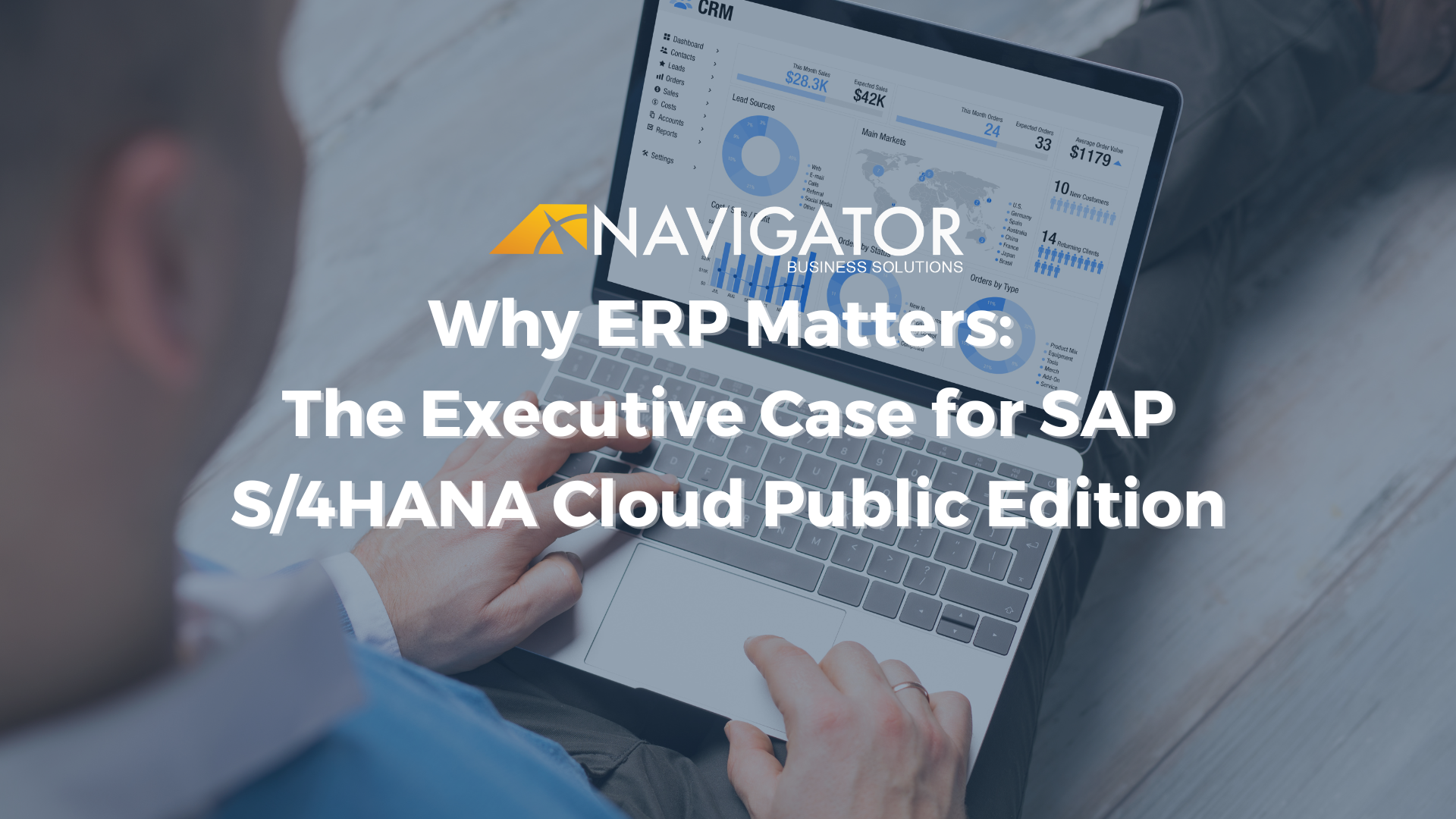The digital commerce platform market grew by 11.5% in 2023, reaching $8.9 billion. Although growth rates have moderated compared to the pandemic surge, the sector remains poised for steady expansion, with projections for increased revenue into 2024 and 2025. This summarized analysis evaluates the competitive landscape, focusing on SAP S/4HANA Cloud Public Cloud while highlighting key competitors in the space.
SAP S/4HANA Cloud Overview
SAP S/4HANA Cloud stands as a Leader in Gartner's Magic Quadrant, distinguished by its robust features and ability to address complex enterprise needs. Its hybrid architecture, combining single-tenant PaaS and multitenant SaaS components, is globally available on Microsoft Azure and appeals to large organizations with diverse catalogs and business models.
Key Strengths:
- B2B Capabilities: Comprehensive functionality for roles, permissions, organizational hierarchies, and multi-storefront capabilities tailored to global enterprises.
- Vertical Expertise: Extensive industry accelerators across sectors, including retail, manufacturing, and telecom.
- Ecosystem Synergy: Native integration with SAP ERP and CRM systems creates a seamless digital commerce experience.
Competitive Landscape
SAP competes with several major players, each addressing unique market segments and customer needs:
Leaders:
- Salesforce: Comprehensive functionality across B2B and B2C segments, though its monolithic architecture can limit composability.
- Shopify: Known for innovation and ease of deployment, Shopify dominates the SMB and D2C market but lacks advanced B2B functionality.
- Spryker: Offers robust modular architecture, supporting complex B2B, B2C, and marketplace models, but its regional support is limited.
Challengers:
- BigCommerce: Targets midmarket B2B with a composable architecture but requires third-party integrations for large-scale enterprise needs.
- VTEX: Strong in B2C and unified retail commerce but faces challenges in personalization and global enterprise experience.
Visionaries:
- commercetools: Excels in composability for large enterprises but relies heavily on third-party solutions for AI and personalization.
- Oro: Focused on B2B commerce with integrated CRM but limited ecosystem integration and market awareness.
Niche Players:
- Elastic Path: Developer-friendly and modular, but lacks advanced native functionalities for larger enterprises.
- Sana Commerce: Deep ERP integrations appeal to industrial manufacturing but with limited vertical diversity.
Market Trends and Outlook
- Composable Commerce: Enterprises are increasingly adopting modular, API-first architectures for agility and scalability, as exemplified by SAP's composable offerings.
- AI Integration: AI-driven personalization and content generation are becoming table stakes, with varying degrees of native integration among vendors.
- Global Expansion: Vendors like SAP and Salesforce leverage extensive global reach, while others like Spryker and BigCommerce focus on regional growth.
SAP S/4HANA Cloud remains a top choice for large enterprises due to its deep integration with SAP's broader ecosystem and industry-specific capabilities. SAP's continued evolution towards modularity and AI-driven innovation will be critical in maintaining its leadership in the growing digital commerce platform market.
Download the full Gartner Magic Quadrant for Digital Commerce report at sap.com.


.png)

